You might ask yourself, “Can my IP address change?” Keeping your IP address is important for security, tracking internet activity, and pinpointing where you are.
As a result, it’s key to understand how your IP address can change and what exactly this process entails.
This post will cover the basics of changing an IP address: why it can happen, when you should do it, and more. Let’s get started!
Table of Contents
- Static vs. Dynamic IP Addresses
- What is my IP Address?
- Why change your IP address?
- Should I change my public or local IP address?
- How to change your IP address?
- How to change IP addresses on Mac, iOS, Windows, and Android Devices
- FAQs
- Summary
Static vs. Dynamic IP Addresses
IP addresses can be static or dynamic. ARIN assigns a static IP address to business-class internet, whereas DHCP typically provides changing IP addresses for residential customers.
It is possible that an identical IP could recur again. Therefore, it might remain in use for more than 12 months. El Toro’s tracking verifies this by aiming at the same place, having held its unique IP address for 7 consecutive months.
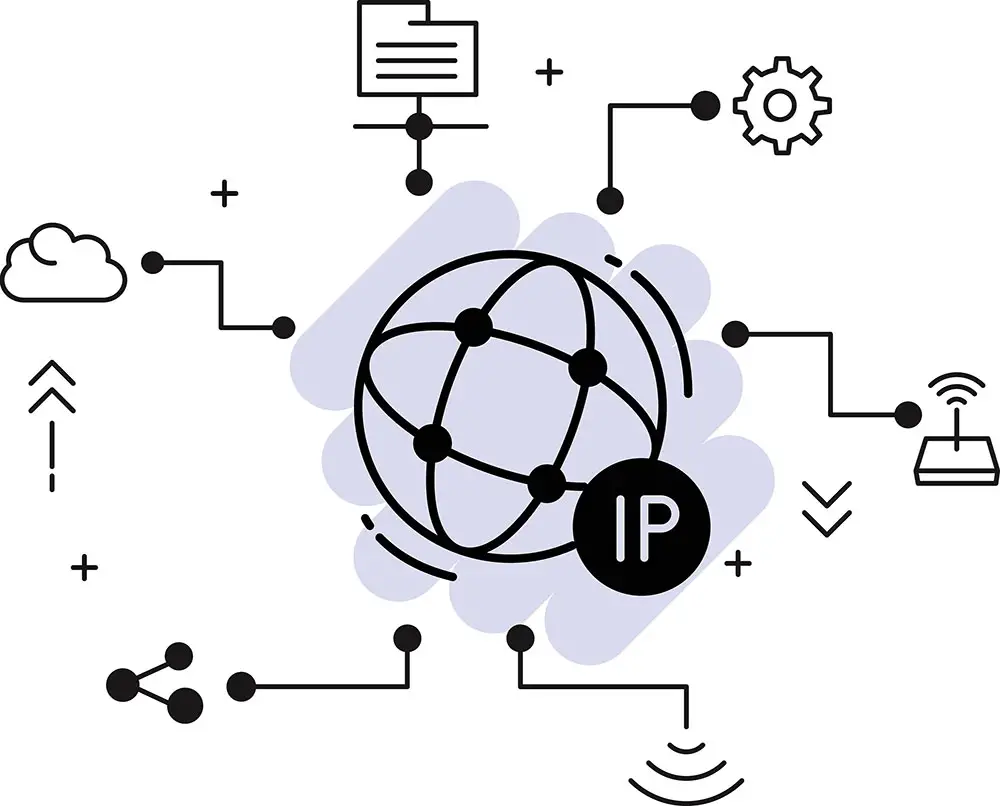
Internet Protocol address Concept
What is my IP Address?
Whether it’s a public or private IP address, ISPs issue public ones to routers, and devices behind the router will all share that same one. But each device has its private IP to communicate with other gadgets.
To find your current public IP address, head over to whatismyip.com, and you’ll be able to look up what yours is in no time quickly! And when sharing information between people, there is no need for any private IPs whatsoever.
Why change your IP address?
Although it rarely is necessary, there are a few times when you may want to modify your public or local IP address. These include:
Protecting your security and privacy
Although rare, others can pinpoint your location using your public IP address. So if you’d like a bit of privacy, switching up your IP can change your location entirely.
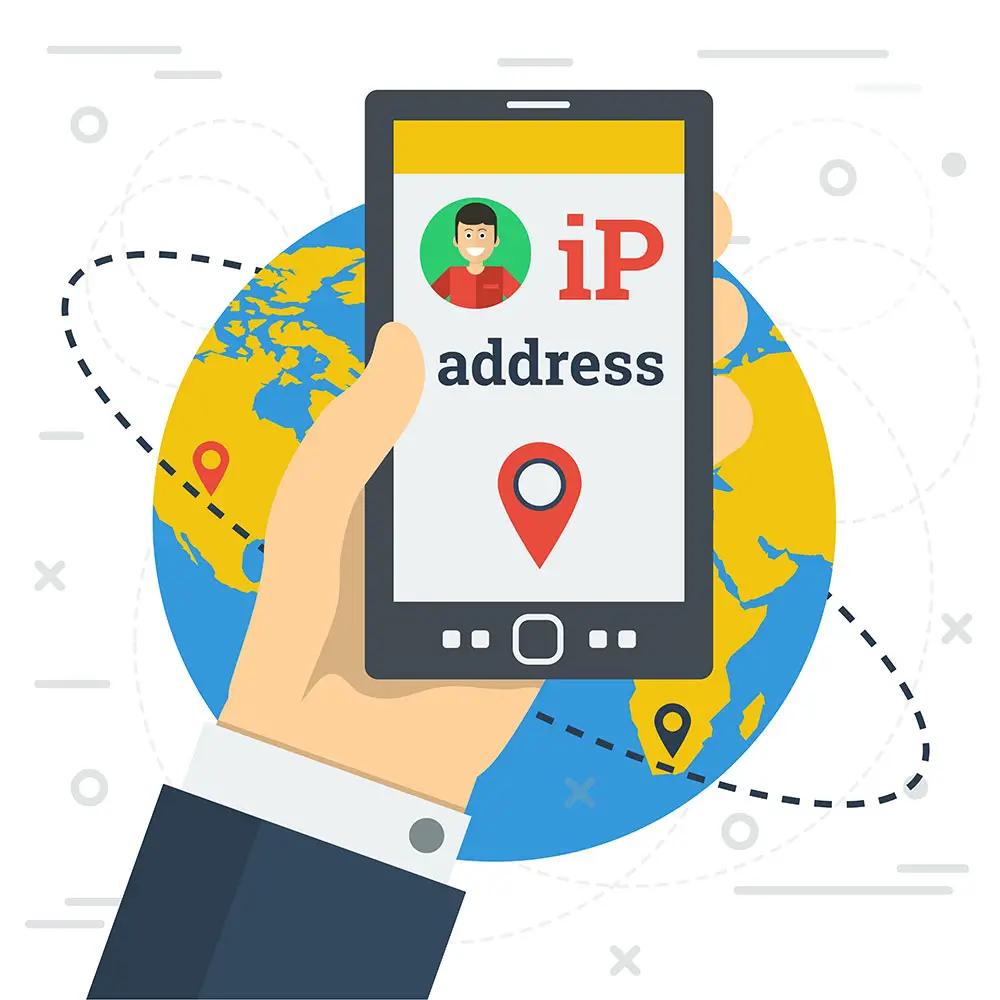
The ISP uses an IP address to know your location
Change your location
Your IP address gives away your approximate geographical location.
Therefore, a simple change can unlock geographically-restricted content like international streaming services.
Avoiding bans and blocks
To protect yourself from IP bans, DoS attacks, and unwanted blocking of access to certain websites, regularly changing your IP address is an effective solution.
With a new set of digits assigned to your device or computer each time you connect online, it’s much harder for someone with malicious intent to track down and target you specifically.
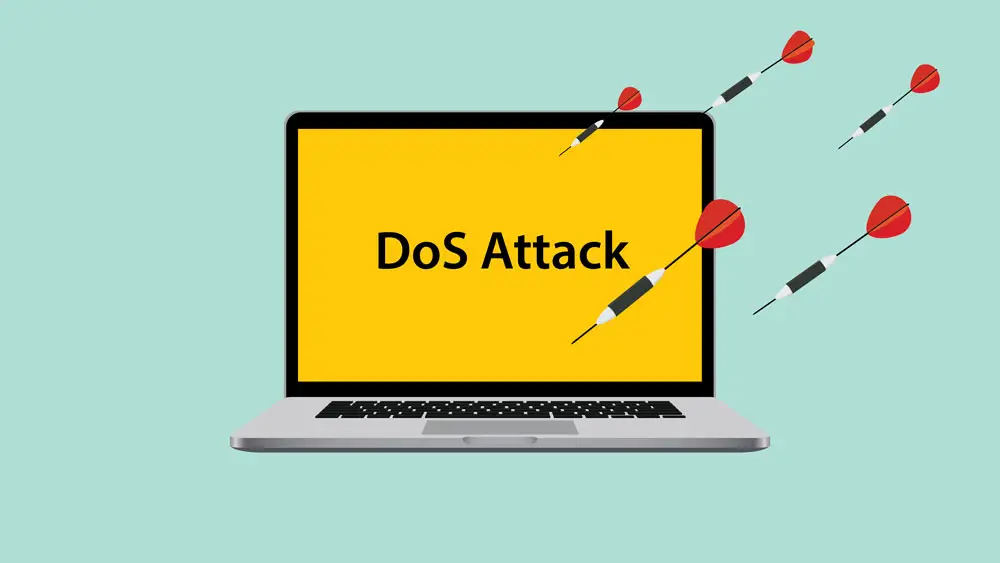
Concept art of DoS attacks
Troubleshooting
Sometimes, you might need to switch your local IP address for technical purposes.
For example, changing the local IP could be necessary to avoid conflict if there is a clash between two devices on the same Network.
Should I change my public or local IP address?
Carefully contemplate your purpose before selecting which IP to modify. Transform your public IP to maintain anonymity or steer clear of blocked websites.
Alternatively, alter the local IP to troubleshoot issues or remain undetected from devices connected to the same Network.
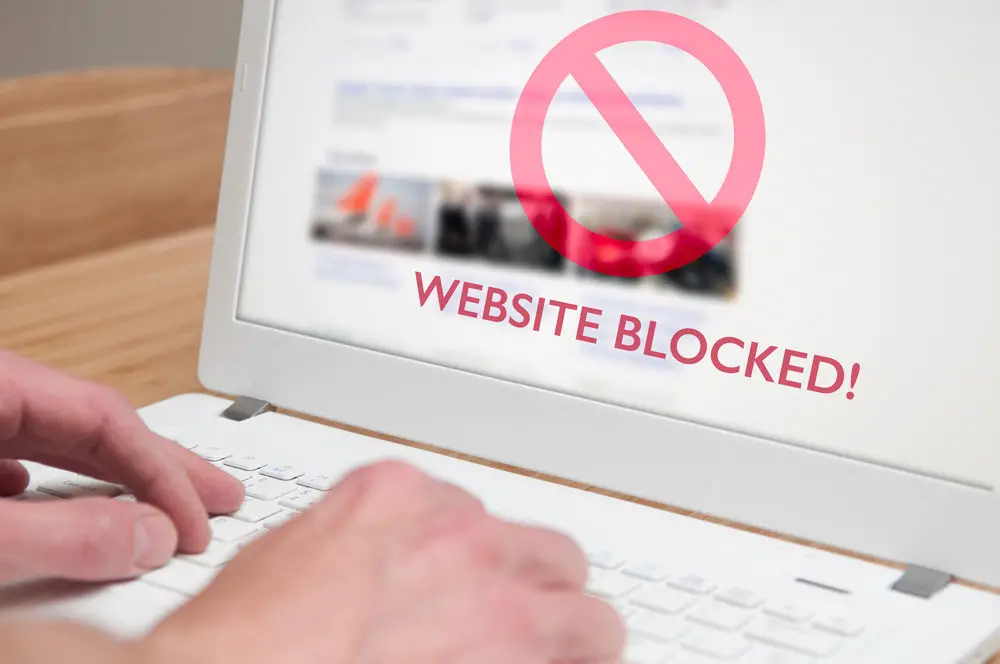
Blocked web page on a computer screen
How to change your IP address?
With a VPN or proxy server
Alter your IP address effortlessly with a Virtual Private Network (VPN) service. Furthermore, you can switch to an IP from another nation with ease. Use VPNs and proxies in your browser too. Installation of VPNs on smartphones and gaming consoles is swift and easy. Just steer clear of free ones, as they may contain malware. For maximum savings, opt for the more cost-effective choices available.
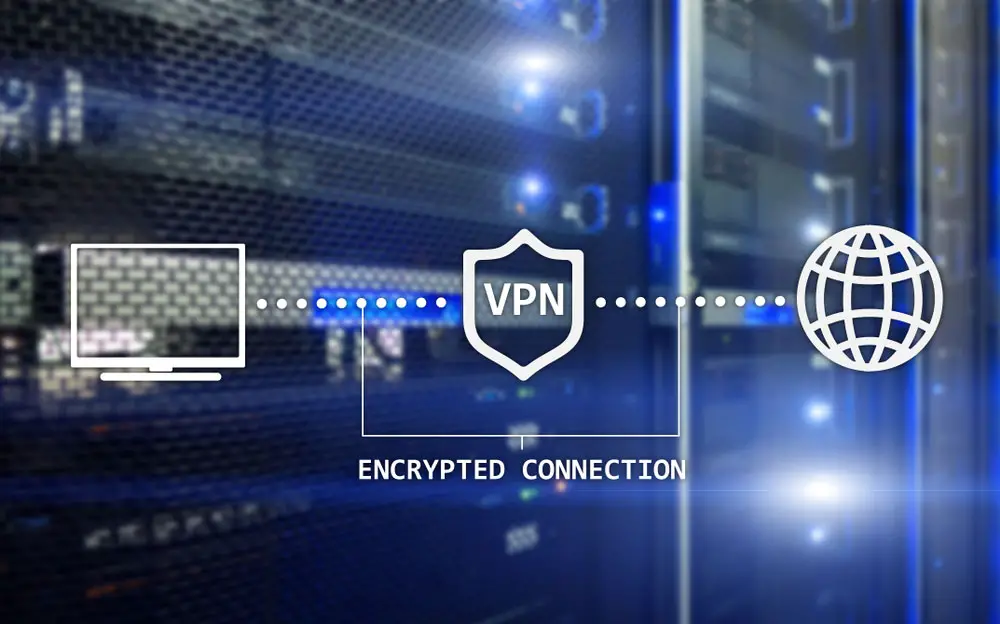
Using a VPN service
Use Tor
Tor is an open-source, encrypted network run entirely by volunteers. Every time you visit a new website, the order of nodes changes, and you might expose your Exit Node.
Tor is free but slows to use. Hence, using it only for basic web browsing activities would be best.
Using it otherwise could bring unwanted attention from ISPs and law enforcement agencies.
By unplugging the router
To swiftly change your public IP address, unplug your router for at least five minutes to “forget” about the device.
Depending on your ISP, this process may take longer than expected. If so, repeat the steps or turn off the router overnight.
These simple steps allow you to transition easily into a brand-new digital environment.
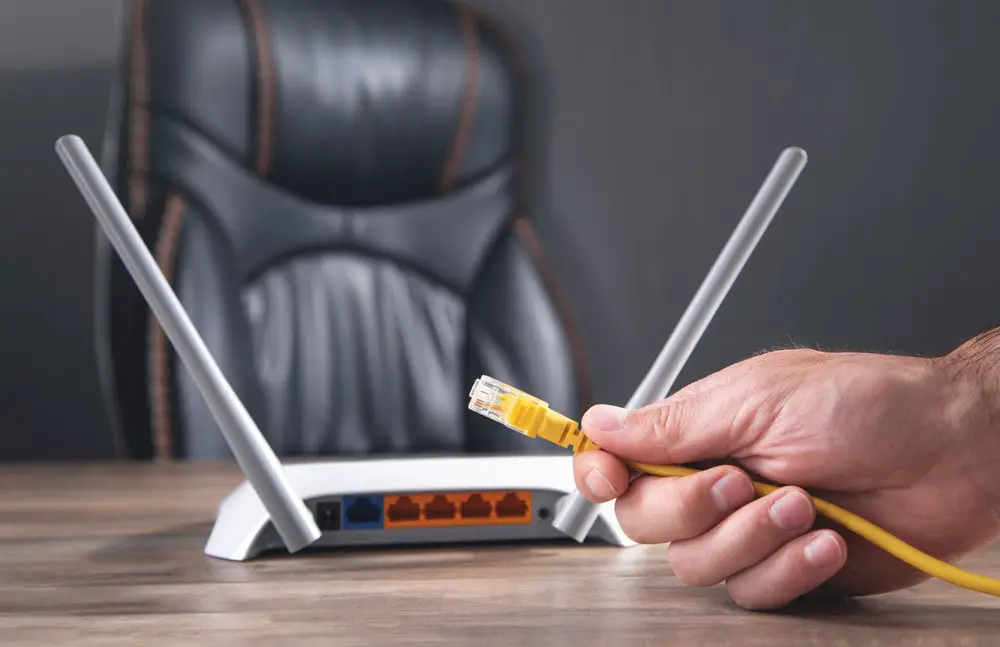
Man unplugging internet cable from Wi-Fi router.
How to change IP addresses on Mac, iOS, Windows, and Android Devices
Manually
MacOS
To customize your IP address, visit System Preferences and click on Network.
Then, navigate to Network Connection and select Configure IPv4. From there, choose the Manually option and enter whichever IP you want.
iOS
Head to Settings > Wi-Fi and select Network to configure your desired IP address. Under the IPv4 addresses section, tap Configure IP to input your required details manually.
Windows
To set a new IP address, ensure you are using the Administrator account.
Then, navigate to Start> Control Panel > Network Connection > Local Area Connection and click Properties. You can input your desired IP Address under the TCP/IP tab here.
Android
Start by navigating to Settings and tapping the Connections tab to change your IP address.
Then select Wi-Fi and tap on the Network you connected to, and tap on the gear icon beside it.
Then scroll down and choose Advanced, followed by IP Settings. Now you can opt for Static mode.
Finally, enter any new IP address of your choice.
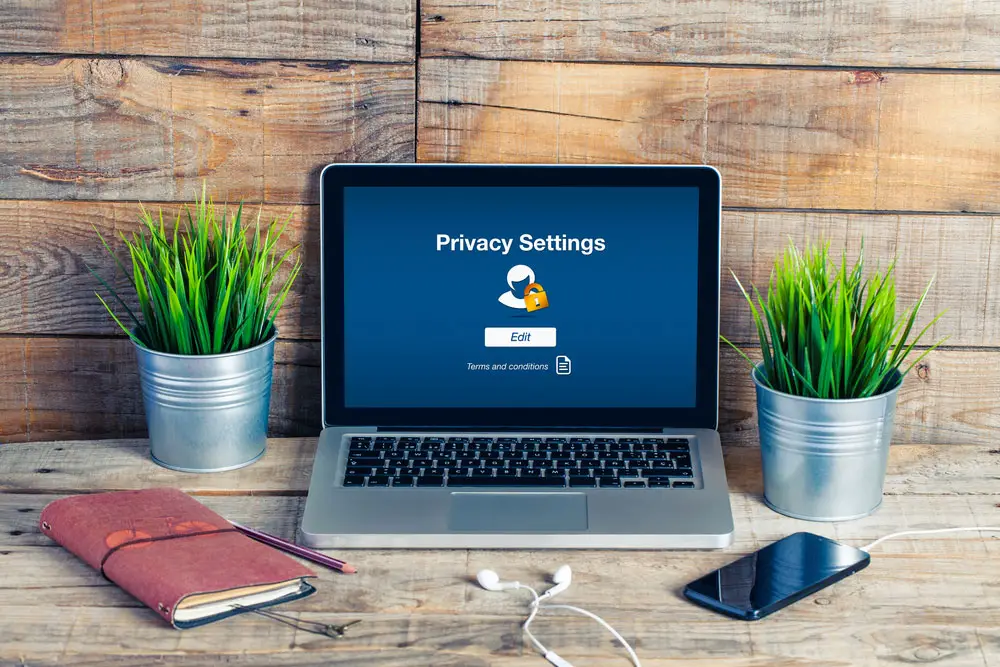
Online privacy settings on the laptop
Automatically
MacOS
Begin by pressing the Apple icon in the upper left corner of your screen to renew your DHCP lease.
Then select System Preferences, followed by Network and Advanced.
Once there, click on TCP/IP at the top of this window before finally pressing Renew DHCP Lease on its right side!
iOS
To get started, open the Settings tab and select Network.
Then find your current wireless Network in the list of options and click it.
In the IPv4 address section, tap Configure IP and then pick Automatic to complete setup.
Windows10
Launch the command prompt by pressing Win + R simultaneously, which will open the Run box. Type in cmd and hit Enter.
Type ipconfig /release into your command prompt and hit Enter; the text will start scrolling across the screen.
After doing so, run ipconfig /renew and press Enter again before closing your window. That’s all there is to it – no fuss or muss.
Android
Navigate to your settings, select Connections, and then choose Wi-Fi.
After selecting the Network you connected to, click on the gear icon.
Your current IP address will display here – but scroll down until you reach the bottom of the screen and ensure you have your wireless password before pressing ‘Forget’ (the trashcan symbol in the lower right corner).
Once forgotten, reconnecting with this same Network should provide a new IP address for your phone.
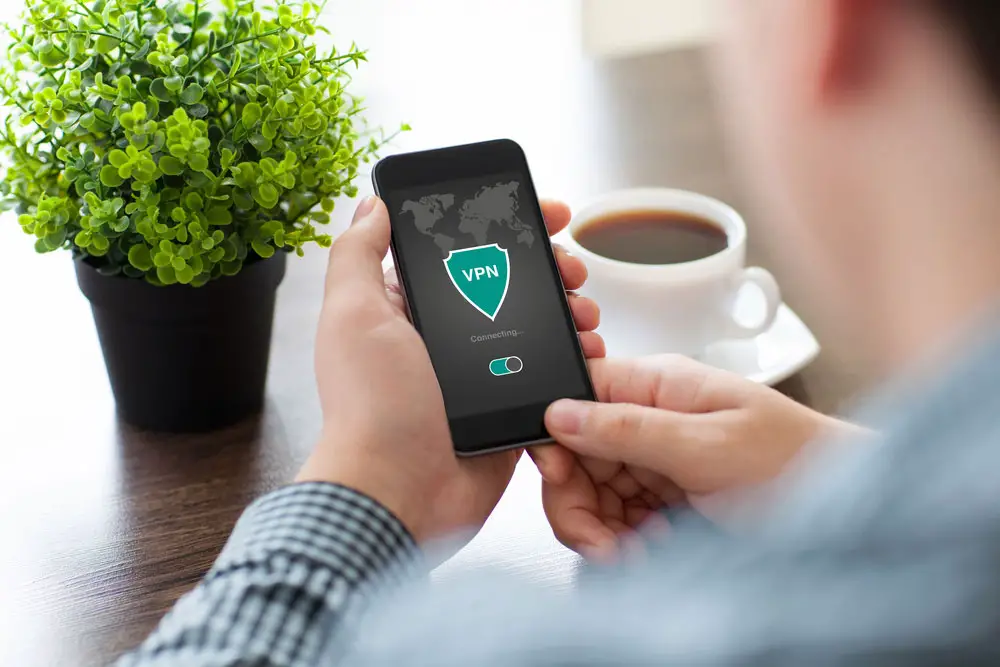
Phone with VPN app
FAQs
Is changing your IP address illegal?
Although you may want to modify your IP address for various reasons in the US, it is important to note that what you do with this new information could make it illegal.
The Computer Fraud and Abuse Act of 1986 prohibits individuals from using IP spoofing to pretend to be someone or an organization.
Additionally, if you can’t access any web pages due to past bad behavior, attempting entry again by changing your IP address could land you in legal trouble.
Why does my IP address show a different city?
If you’re using a VPN or proxy server with servers from another city, your IP address may reflect that. The proximity and bandwidth usage of the closest server could be determining factors in this scenario.
Does resetting my router change my IP address?
It’s best to wait at least a day after resetting your router. Doing so will give you the highest chance of getting a new IP address when turning it back on.
Summary
You might want to change your IP address for a few reasons. Whatever the reason, it’s relatively easy to do.
Just remember, changing your IP won’t guarantee anonymity on the internet, and it may have some unintended consequences, like breaking certain site functionality.
But if you follow our guide, you should be able to change your IP without any major issues. So go ahead and give it a try.
